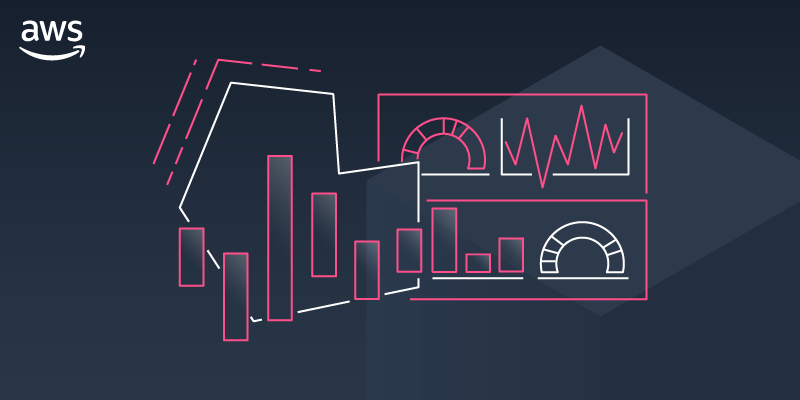A Beginner's Guide to Using Amazon Grafana in AWS
 Sumit Mondal
Sumit Mondal
Introduction:
Amazon Grafana, a powerful open-source analytics and monitoring platform, seamlessly integrates with AWS to provide insightful visualizations of your cloud infrastructure. In this guide, we'll walk you through the steps to set up and use Amazon Grafana in AWS, making monitoring and analyzing your resources a breeze.
Step 1: Set Up Amazon Grafana on AWS
Start by navigating to the AWS Management Console and locating the Grafana service. Click on "Create a Grafana workspace" and follow the prompts to configure your workspace. Choose a unique workspace name, set up a username and password, and specify the region for your Grafana instance.
Example:
Workspace Name: MyGrafanaWorkspace
Username: admin
Password: *********
Region: us-east-1
Once configured, click on "Create workspace" to initiate the setup process.
Step 2: Connect Amazon Grafana to AWS Data Sources
After setting up your workspace, the next step is to connect Grafana to your AWS data sources. Navigate to the "Data Sources" tab in the Grafana console and click on "Add your first data source." Select "CloudWatch" as the data source type and provide the necessary AWS credentials.
Example:
Name: AWS_CloudWatch
Type: CloudWatch
Access key ID: YourAWSAccessKey
Secret access key: YourAWSSecretKey
Click on "Save & Test" to ensure a successful connection to your AWS CloudWatch metrics.
Step 3: Create Your First Dashboard
With your data source configured, it's time to create a dashboard to visualize your AWS metrics. In the Grafana console, click on the "+" icon and select "Dashboard." Then, choose "Add new panel" to add visual elements to your dashboard.
Example:
Add a panel displaying CPU utilization:
- Query:
AWS/EC2 CPUUtilization
- Query:
Add a panel showing network in/out:
- Query:
AWS/EC2 NetworkInandAWS/EC2 NetworkOut
- Query:
Customize the visualization options, such as time range and legend format, to suit your monitoring needs.
Step 4: Set Up Alerts
Grafana allows you to set up alerts based on your defined thresholds. To create an alert, navigate to the "Alert" tab on your dashboard, click on "Create alert," and configure the conditions that trigger the alert.
Example:
- Set an alert for CPU utilization exceeding 80% for more than 5 minutes.
Configure notification channels, such as email or Slack, to receive alerts when triggered.
Conclusion:
Congratulations! You've successfully set up and configured Amazon Grafana in AWS, providing you with a comprehensive view of your cloud infrastructure. With visual dashboards and customizable alerts, monitoring and managing your AWS resources has never been more accessible. Explore additional features and experiment with different visualizations to tailor Grafana to your specific needs. Happy monitoring!
Subscribe to my newsletter
Read articles from Sumit Mondal directly inside your inbox. Subscribe to the newsletter, and don't miss out.
Written by

Sumit Mondal
Sumit Mondal
Hello Hashnode Community! I'm Sumit Mondal, your friendly neighborhood DevOps Engineer on a mission to elevate the world of software development and operations! Join me on Hashnode, and let's code, deploy, and innovate our way to success! Together, we'll shape the future of DevOps one commit at a time. #DevOps #Automation #ContinuousDelivery #HashnodeHero